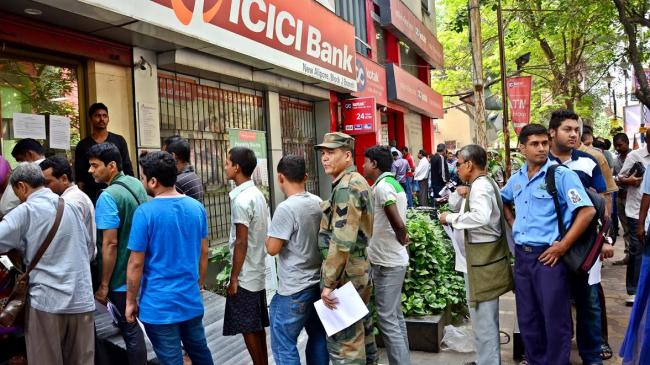
ASSOCHAM seeks RBI nudge to banks for full transmission of interest cuts, post- note ban
As a majority owner of the banks and as a regulator, both the government and the RBI have roles in advising banks to pass on the commensurate reduction in the interest rates. This is all the more important in the wake of dismal credit growth, marked by subdued consumer demand and lack of investment appetite despite lowering of the lending rates,” the ASSOCHAM President Sunil Kanoria said.
While the lower lending rates do help the corporate India, the fresh borrowing could still be some distance away as the companies still grapple with the high level of existing debts. “The banks should pass on the benefit of the lower interest rates on the old loans through different means so that the interest burden for the companies comes down. Even small quantum of reduction in interest rates makes a big difference when the loan size is pretty large. Along with other measures like protection of cheap imports, the benefits of the ample liquidity in the banking system must be extended to the firms, grappling with the old loan books, without much delay,” the chamber said.
It said, the industry is expecting at least 50-75 basis points reduction in the policy interest rates and the banks should pass on the entire benefit to the borrowers. “This is because the demonetization has resulted in a windfall gains for the banks in the form of ultra low cost funds from the current account/saving account (CASA). The CASA rates are just about 3-4 per cent, while the base lending rates are still near the double digit. That is a huge spread for the banks which should transmit lower rates without necessarily cutting the time deposit rates,” the ASSOCHAM argued.
Even the Economic Survey has expressed concern over “far from perfect,” transmission of the rate cuts, the base rate came down marginally from 9.30/9.70 in April 2016 to 9.30/9.65 as of 30th December 2016. Term deposit rates for greater than one-year maturity period declined from 7.00/7.50 to 6.50/7.00 in this period, as per the Economic Survey.
Quoting from the survey, the chamber expressed concern that the non- food credit (NFC) outstanding grew at sub 10 per cent for all the months except for September 2016). Credit growth to industrial sector remained persistently below 1 per cent during the current fiscal, with contraction in August, October and November.
Support Our Journalism
We cannot do without you.. your contribution supports unbiased journalism
IBNS is not driven by any ism- not wokeism, not racism, not skewed secularism, not hyper right-wing or left liberal ideals, nor by any hardline religious beliefs or hyper nationalism. We want to serve you good old objective news, as they are. We do not judge or preach. We let people decide for themselves. We only try to present factual and well-sourced news.







